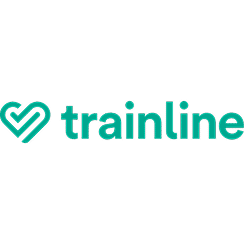As a specialist communications recruiter, we are often asked about industry trends, how the market is shaping up and what the toughest levels to recruit are… always a tough one, but the answer to that is, usually, the mid-level roles. There is a continuing shortage of mid-level talent across the PR and PA industry, and it seems to cross all markets from corporate or consumer PR, to healthcare, digital and public affairs. So where does all the talent go? There is plenty at a junior level and a decent amount at a senior level, so what happens at the middle tier? Everyone is different, but often at the beginning of people’s careers their moves are about money and promotion. So, in order to attract great talent at the junior end, you can entice them with a step up in terms of responsibility or salary. As people progress in their career and become more confident in their ability and value, this tends to change. People become more focused on enjoying what they do and having clients, or a business, they are truly passionate about. Having something to aim for, having the ability to show their creative ideas and implement them and the importance of flexibility in a happy, balanced working life, are the most common desires. This may be because they are starting a family/settling down, but not always. Often it’s because they are driven, hard working and determined individuals who feel frustrated that they are encouraged to be tied to a desk from 8am-6pm to provide great output and results. So what can businesses do to attract this hard-to-find, mid-level talent? Be open minded and be flexible. Any working arrangement has to work for both parties and the employer needs to ensure that they trust the person will deliver, and work the hours needed. So you may start someone on five days a week in the office with the plan that, once past probation, they can work some days from home. Or you may want them to send a daily report with their activities and tasks completed that day initially. In the digital age it’s pretty easy to see what someone is adding to the business and what their output is. Being open to different working arrangements can open businesses up to an extra pool of candidates with great talents that otherwise they wouldn’t access, and if you’re not, and your competitors are, you could lose current talent too.


























 Career Enquiry
Career Enquiry
